
How to Use FR207: Examples, Pinouts, and Specs
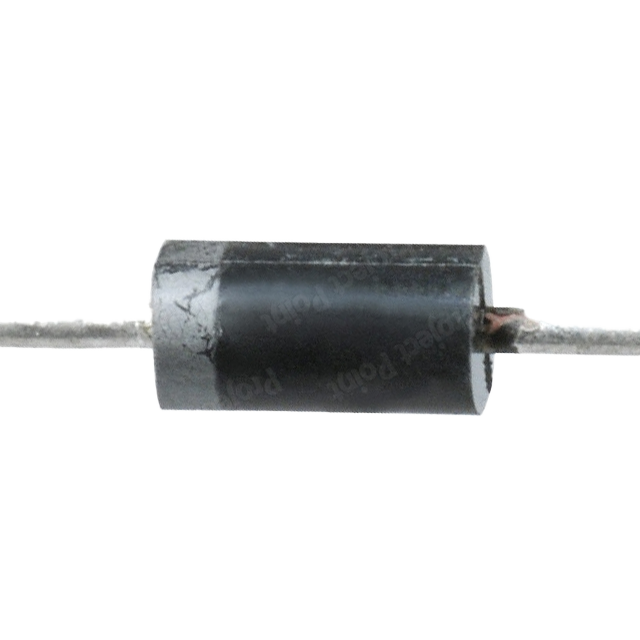
 Design with FR207 in Cirkit Designer
Design with FR207 in Cirkit DesignerIntroduction
The FR207 is a fast recovery rectifier diode that is designed for use in power supplies and other electronic circuits where fast switching is required. Its high-speed switching capability and low forward voltage drop make it ideal for high-frequency rectification and freewheeling applications in converters and inverters, as well as for use in power management tasks.
Explore Projects Built with FR207
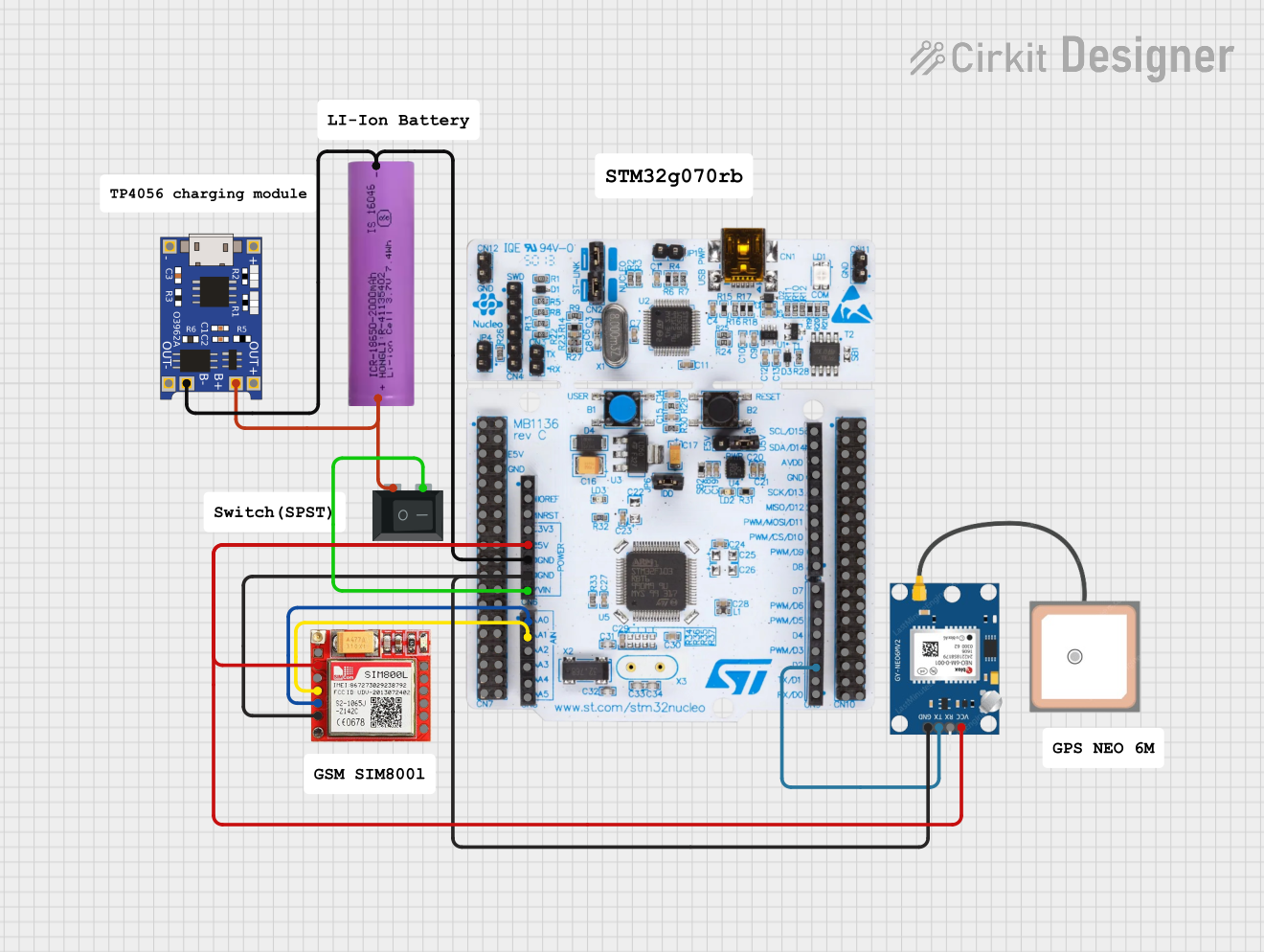
 Open Project in Cirkit Designer
Open Project in Cirkit Designer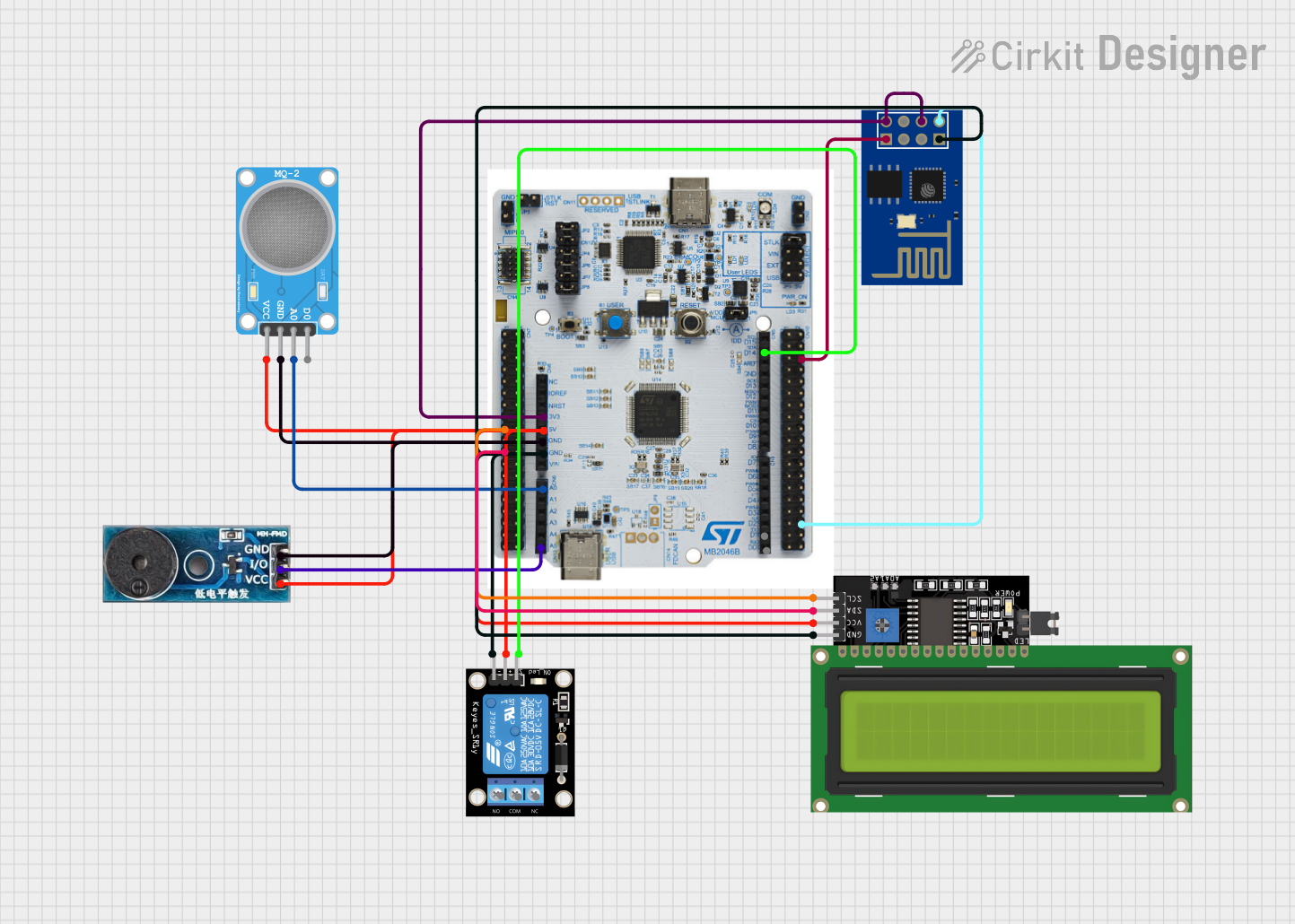
 Open Project in Cirkit Designer
Open Project in Cirkit Designer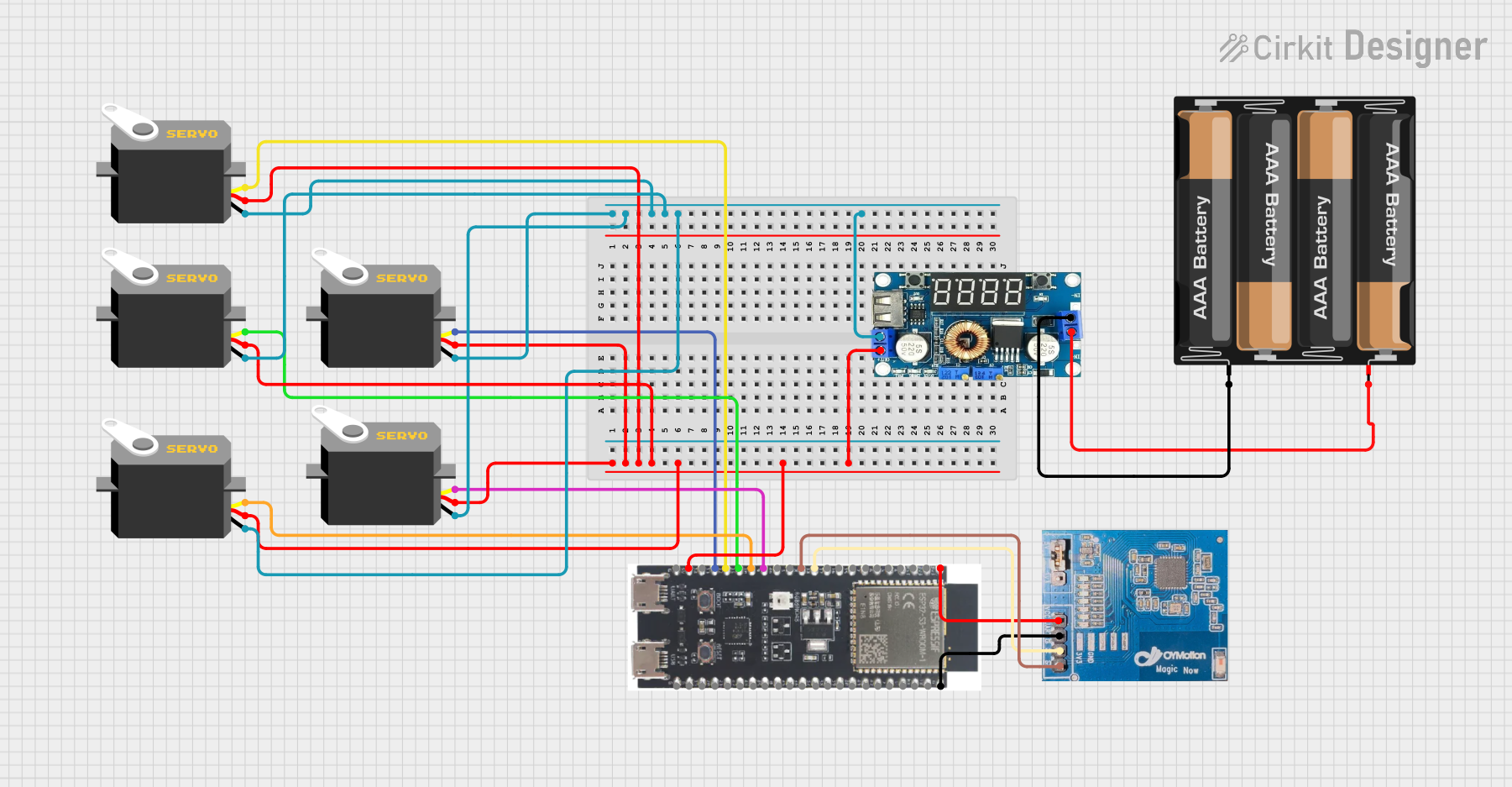
 Open Project in Cirkit Designer
Open Project in Cirkit Designer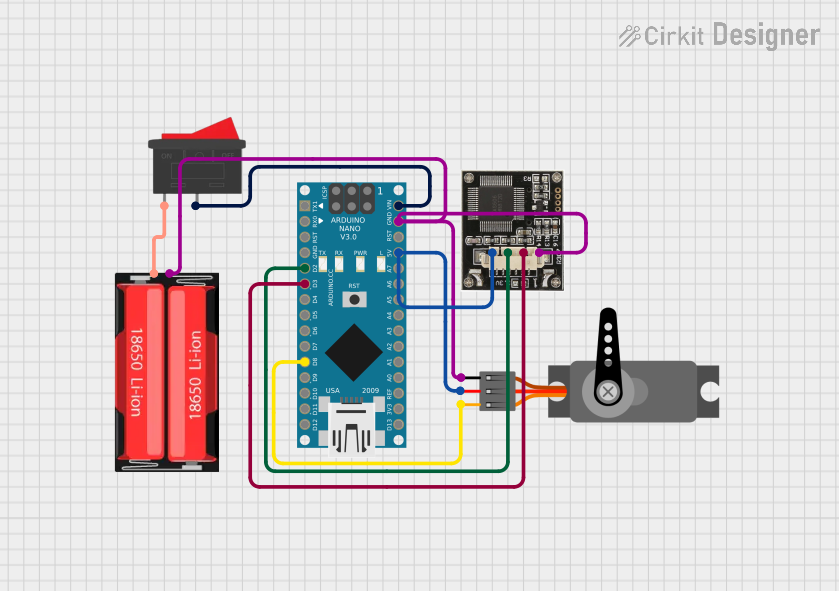
 Open Project in Cirkit Designer
Open Project in Cirkit DesignerExplore Projects Built with FR207

 Open Project in Cirkit Designer
Open Project in Cirkit Designer
 Open Project in Cirkit Designer
Open Project in Cirkit Designer
 Open Project in Cirkit Designer
Open Project in Cirkit Designer
 Open Project in Cirkit Designer
Open Project in Cirkit DesignerCommon Applications
- Switching power supplies
- Power converters and inverters
- Freewheeling diodes in motor control circuits
- High-frequency rectification circuits
Technical Specifications
Key Technical Details
| Parameter | Value |
|---|---|
| Maximum Repetitive Reverse Voltage (Vrrm) | 1000 V |
| Maximum RMS Voltage (Vrms) | 700 V |
| Maximum DC Blocking Voltage (Vdc) | 1000 V |
| Average Forward Rectified Current (Io) | 2.0 A |
| Peak Forward Surge Current (Ifsm) | 50 A |
| Maximum Instantaneous Forward Voltage (Vf) | 1.3 V @ 2.0 A |
| Maximum Reverse Current (Ir) | 5 µA @ 1000 V |
| Recovery Time (trr) | 500 ns |
Pin Configuration and Descriptions
The FR207 is a two-terminal device with the following pin configuration:
| Pin | Description |
|---|---|
| Anode (A) | The terminal through which the conventional current enters the diode. |
| Cathode (K) | The terminal through which the conventional current exits the diode. |
Usage Instructions
How to Use the FR207 in a Circuit
- Identify the Anode and Cathode: The anode is typically marked by a color band. Ensure correct polarity by connecting the anode to the positive voltage.
- Circuit Integration: Place the FR207 in the circuit where rectification is required. It can be used in series with the load or parallel for freewheeling applications.
- Heat Management: If the diode is expected to carry continuous high currents, consider using a heat sink to dissipate heat and prevent overheating.
Important Considerations and Best Practices
- Reverse Voltage: Do not exceed the maximum repetitive reverse voltage rating to avoid breakdown.
- Surge Current: Ensure that the surge currents do not exceed the peak forward surge current rating.
- Mounting: Secure the diode firmly to the PCB to ensure mechanical stability and to facilitate heat dissipation.
- Safety: Always follow standard safety procedures when working with electronic components to prevent injury or damage.
Troubleshooting and FAQs
Common Issues
- Diode not conducting: Check for correct polarity and ensure that the diode is not placed backward.
- Overheating: Verify that the current through the diode does not exceed its rated average forward rectified current. Use a heat sink if necessary.
- Unexpected voltage drops: Ensure that the forward voltage drop is accounted for in the circuit design.
Solutions and Tips for Troubleshooting
- Polarity Check: Use a multimeter in diode mode to check the anode-to-cathode direction for proper forward bias.
- Heat Dissipation: If overheating is observed, improve heat dissipation by adding a heat sink or improving airflow.
- Replacement: If the diode is damaged (e.g., due to overvoltage or overcurrent), it should be replaced with a new one.
FAQs
Q: Can the FR207 be used in AC circuits? A: Yes, the FR207 can rectify AC voltage, but it will only conduct during one half of the AC cycle. For full-wave rectification, use two diodes in a bridge configuration or use a diode bridge rectifier.
Q: What is the significance of the fast recovery time? A: Fast recovery time is crucial in high-frequency circuits as it allows the diode to switch off more quickly, reducing losses and improving efficiency.
Q: Is it necessary to use a heat sink with the FR207? A: It depends on the current it is carrying and the ambient temperature. If the diode is operating near its maximum rated current, a heat sink is recommended to prevent overheating.
Example Circuit: FR207 with Arduino UNO
The following is a simple example of how to use the FR207 diode to protect an Arduino UNO from reverse voltage damage.
// No specific code is required for the diode itself, as it is a passive component.
// However, the diode can be included in circuits to protect against reverse polarity.
void setup() {
// Setup code here
}
void loop() {
// Main code here
}
// Connect the anode of the FR207 to the positive power supply line.
// Connect the cathode of the FR207 to the VIN pin of the Arduino UNO.
// If the power supply is accidentally reversed, the diode will block current,
// protecting the Arduino from damage.
Remember, the FR207 is a passive component and does not require code to function. The example above illustrates how the diode can be used in conjunction with an Arduino UNO to provide reverse voltage protection.